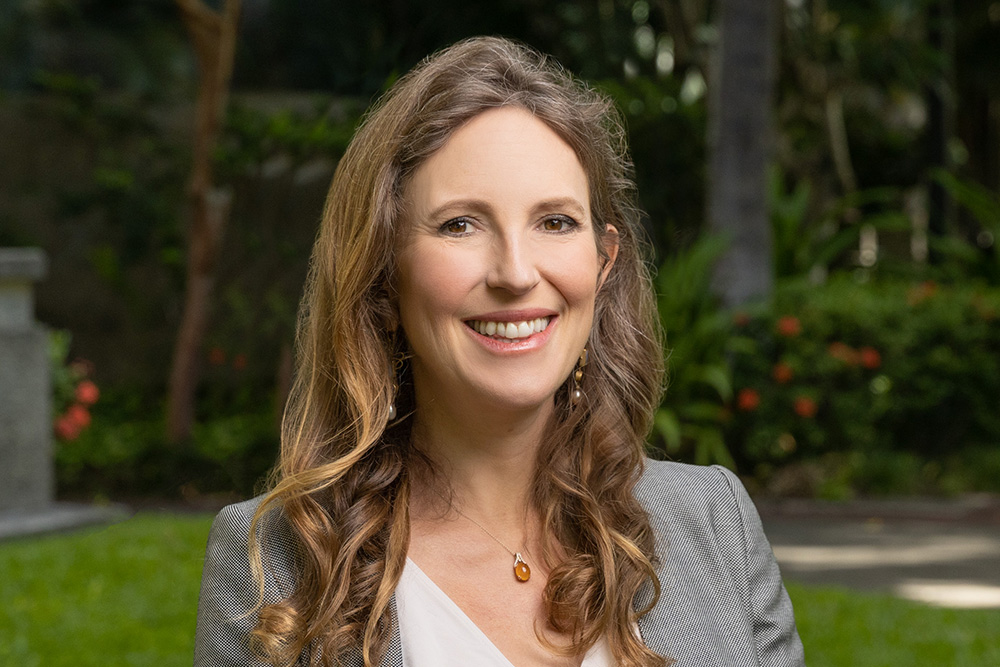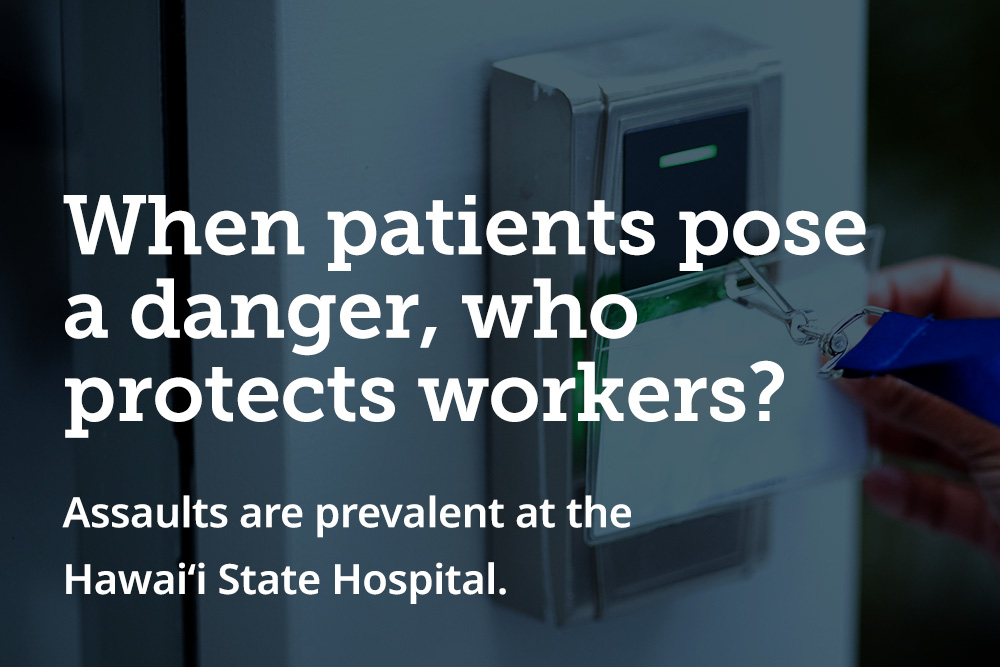The Researcher and the Clinician – “Translational Research”
“We are used to work[ing] with molecules, with cells,…with experimental animals, while…physicians are used to work[ing] with real live patients, and of course we use different…[terminology] sometimes…[In] some cases, collaboration is very useful and successful, and we can say, especially for us [who are] used to working in…the labs, [it is exciting] to meet the patients that are surviving or doing better. Even small improvements are very important to us. It’s…a very interesting and emotional experience.” – Giovanni Gaudino
Researchers and clinicians inhabit two very different worlds. The researchers work with cells and molecules in their laboratories, and usually do not see the patients that they are trying to help through their research. The physicians, on the other hand, care for their patients in clinic and hospital settings, and often get to know their patients intimately. But communication between these worlds – the world of the researcher in the laboratory and the world of the physician who is caring for their patient – is becoming more and more important.
As researchers become increasingly aware of their role in communicating the results of their research to physicians, the physicians, in turn, can “translate” the results of this research into new and effective therapies. Thus it becomes “translational research.” The clinicians’ feedback is also very important to the researchers, who learn how the patients are doing and how they are responding to the new therapies. This makes it possible for the laboratory researchers to adjust and revise their work.
This communication between researchers and physicians or “bench to bedside” approach is not always easy. This can be difficult because they sometimes seem to use different languages as they talk in technical terms specific to their field of expertise. However, the patient is at the very center of this collaboration and is the most important reason that this strong effort toward enhanced communication is being made. On the occasions when the researcher has the opportunity to meet patients and to know how they are doing, this too can be very inspirational and motivational.
The Researcher and the Mesothelioma Patient
“I saw patients with incredible increasing quality of life…And to see that what we are doing could help individuals to feel…better is something very, very special that I’ve never experienced before.” – Giovanni Gaudino
Most of us do not think of research scientists having any contact with patients. Ordinarily, research scientists do not have a chance to meet mesothelioma patients during clinical trials. When clinical trials begin, the researchers “step back.” However, in some instances, basic scientists do meet these patients. Dr. Giovanni Gaudino has had this wonderful opportunity. He describes this as an emotional experience because he saw the improvement in the mesothelioma patients’ quality of life, regardless of whether the therapy was successful in getting rid of the cancer or just stabilizing the disease. These patients were happy, they were active, and they also recognized the importance of the work going on in the laboratory. Dr. Gaudino explained that this was a very powerful emotional experience to see that as research scientists, they were helping these patients.






